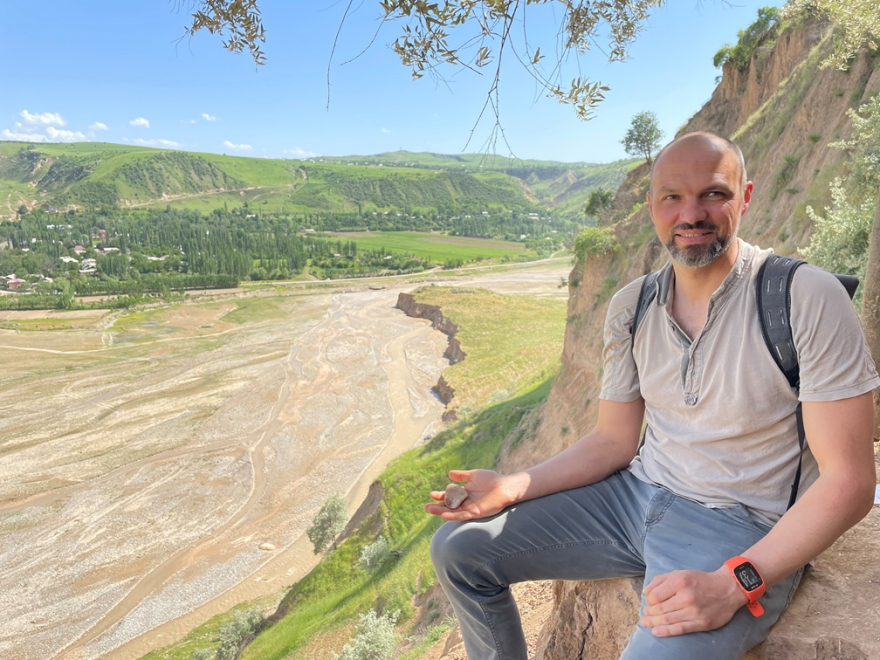Humans have always been interested in finding out where they come from and how people lived thousands of years ago. There is a belief that if we want to understand who we are, we must also understand who our ancestors were.
A Nordic interdisciplinary research project is studying this.
Jan-Pieter Buylaert is senior researcher at the Technical University of Denmark and is leading the project The timing and ecology of the human occupation of Central Asia (THOCA).
The project has scientists from Norway, Sweden, Denmark and Tajikistan, and will answer questions such as when did early humans arrive in Central Asia and what was the environment and climate like at the time?
“You can call Central Asia a migration corridor. This was where human species settled for some time and have also migrated through to populate the rest of the globe. It's like a whole mosaic of Homo erectus, Neanderthals, Homo sapiens and of Denisovans. From Central Asia they migrated towards China, but also further on towards the Arctic and the Americas,” Jan-Pieter Buylaert says.
The researchers from the project have carried out field work at different sites around the Khovaling Loess Plateau in southern Tajikistan. They have among other things collected sediment samples for chronology and samples for biomarkers and ancient DNA.

Nordic countries contribute with state-of-the-art research methods
“Soviet archaeologists have already recognized the importance of this place many tens of years ago, including the uniqueness of the sites that we are now studying. But the Soviet archaeologists were lacking the robust chronology for the sites, i.e. the timing of different events, and were not using the state-of-the-art methods we have available in the Nordic countries,” Buylaert says.
Central Asia was a key route for human expansion into Asia – and perhaps also the other way. When humans arrived in this region, they manufactured stone tools using a variety of different technologies which became more and more sophisticated through time; the shapes of these tools are to some degree characteristic of the human species that made them. Such tools are often found in the thick wind-blown dust (loess) deposits that cover Central Asia, and particularly in the loess deposits in Tajikistan.
This dust can be many tens of metres thick and has deposited continually over the last 2-3 million years. During warmer, wetter periods the organic content of the dust increased because of plant and animal activity and these periods of soil formation are recorded in the grey-brown loess as darker bands. Large numbers of stone tools are found in these ancient soil layers.
“To understand the history of human activity recorded in these deposits we need to know exactly when the dust was deposited, and what the past climate and environment was like. Dating the dust and the tools is at the heart of this project,” Buylaert says.
The Nordic added value is also at the heart of the project.
“With this project we wanted to give Nordic scientists access to new research areas, establish new links with Tajik research, and provide a broad cross-disciplinary education to young scientists. Bringing together researchers from different Nordic countries and from different research disciplines creates Nordic added value,” he says.
Learn more about the project’s field work at THOCA - Home.


